#national sites
Text
same people crying about ups drivers winning $42/hour are the same people who dismiss unions and say they just take your money and don't do anything for you. Bet you'd like $42/hour!!!!!!!
#not to discount the experiences of workers like those part of the national nurses united union#who are working to unseat corrupt and ineffective union staff who have not been representing their members#but a union is made up of its members and if you dont like what your union is doing there are avenues to get involved#also! a union's power comes from its membership numbers. if youre working at a union site and youre not a member. well.#why do you love management so much#and if your workplace isnt unionized. well. there hasnt been a better time in a century to get started#henry speaks
26K notes
·
View notes
Text



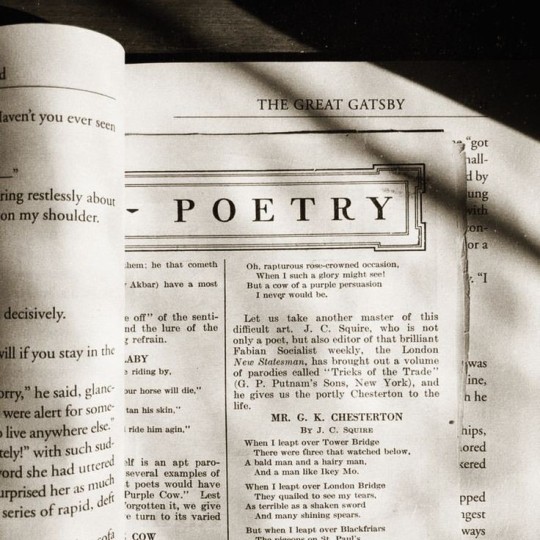

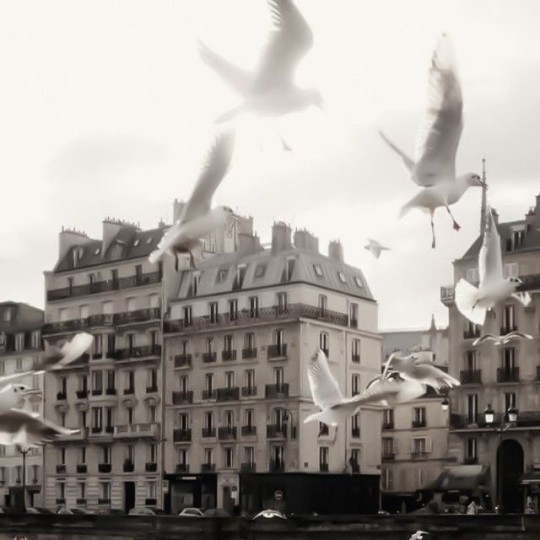

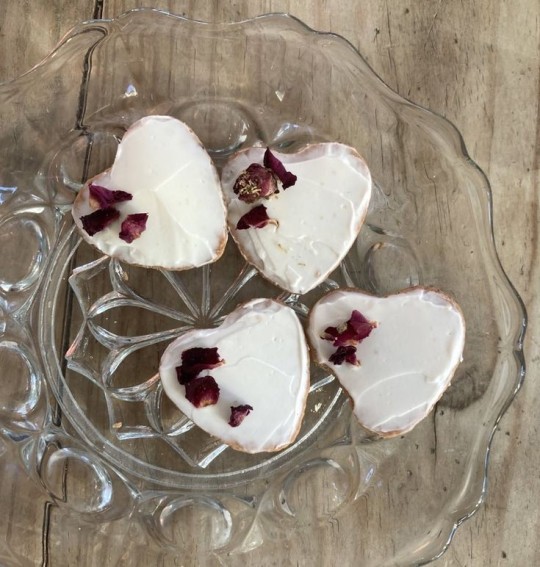

The Tortured Poets Department
- fortnight
#the tortured poets department#taylor swift#taylornation#fortnight#post malone#taylor swift icons#taylor nation#taylor nation icons#icons taylor swift#post malone icons#fortnight icons#icons fortnight#the tortured poets department icons#icons the tortured poets department#icons#icons psd#girls icons#icons with psd#model girls#icons with#site model girls#icons for twitter#fortnight icon#taylor swift icon#post malone icon#ttpd icons#icons ttpd#ttpd era#ttpd era icons
125 notes
·
View notes
Text


I come back to tumblr for the first time in over 5 years to post my hero yuri ENJOY
#my hero academia#my hero fanart#mha#mha fanart#yuri#YURI NATION RISE#togachako#toga himiko#ochako uraraka#my art#genuinely forgot how this site works oh well
368 notes
·
View notes
Text
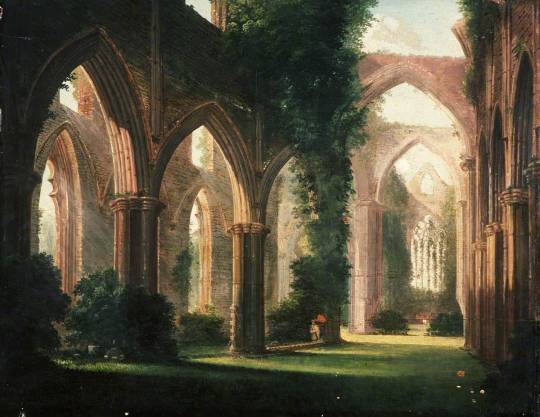
The romantic ruins of Tintern Abbey have inspired poets & painters.
#Tintern Abbey#Monmouthshire#Wales#Wye Valley#ruins#J Ashford#National Library of Wales#Wordsworth#holy site#romantic paintings#sanctuary#Gothic architecture#1820#UK
175 notes
·
View notes
Text




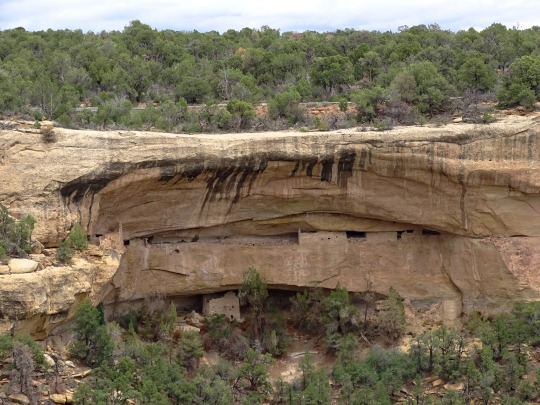
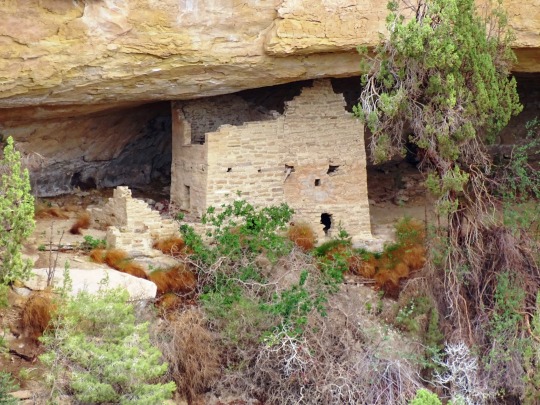
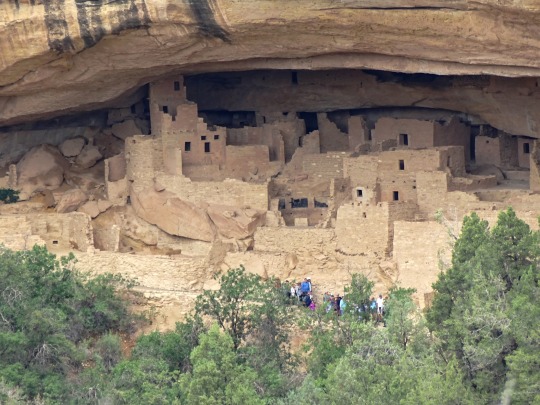



Cliff Palace, Mesa Verde National Park (No. 13)
Cliff Palace is the largest cliff dwelling in North America. The structure built by the Ancestral Puebloans is located in Mesa Verde National Park in their former homeland region. The cliff dwelling and park are in Montezuma County, in the southwestern corner of Colorado, in the Southwestern United States.
Tree-ring dating indicates that construction and refurbishing of Cliff Palace was continuous approximately from 1190 CE through 1260 CE, although the major portion of the building was done within a 20-year time span. The Ancestral Puebloans, also known as Anasazi, who constructed this cliff dwelling and the others like it at Mesa Verde were driven to these defensible positions by "increasing competition amidst changing climatic conditions". Cliff Palace was abandoned by 1300, though debate is ongoing as to the cause. Some contend that a series of megadroughts interrupting food production systems was the main cause.
Cliff Palace was rediscovered in 1888 by Richard Wetherill and Charlie Mason while they were looking for stray cattle.
Source: Wikipedia
#Cliff Palace#Mesa Verde National Park#cliff dwelling#Ancestral Puebloans#Colorado#UNESCO World Heritage Site#ancestral puebloan archaeological site#archaeology#Montezuma County#original photography#desert varnish#travel#vacation#tourist attraction#landmark#architecture#landscape#countryside#summer 2022#USA#Mountain West Region#tree#cliff
211 notes
·
View notes
Text

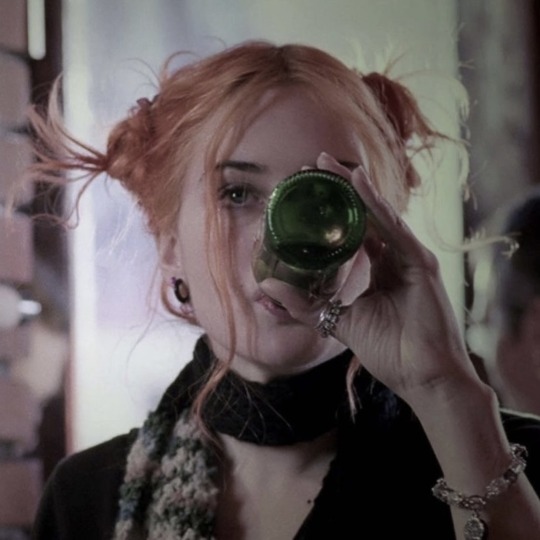
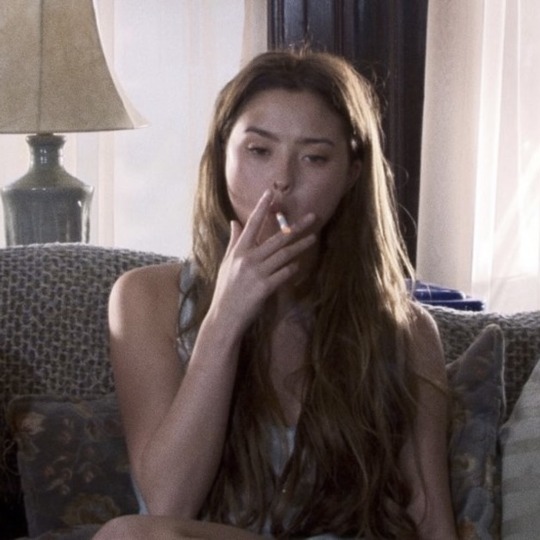
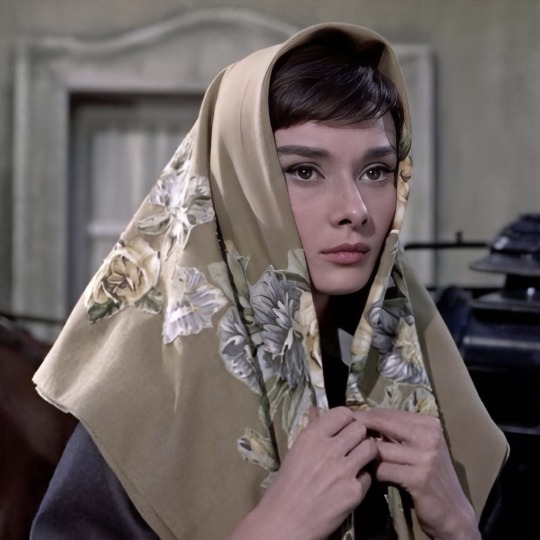


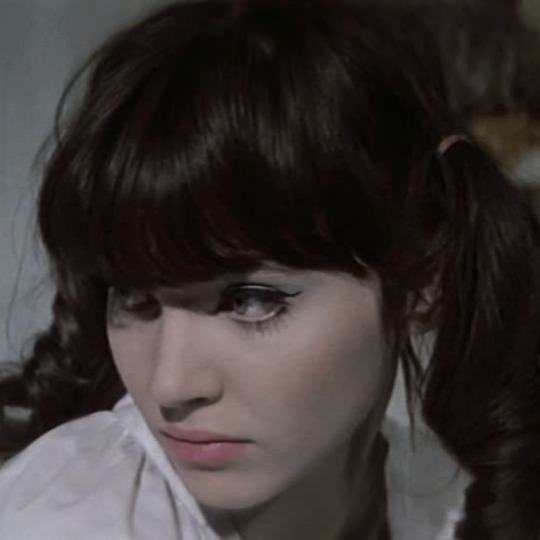
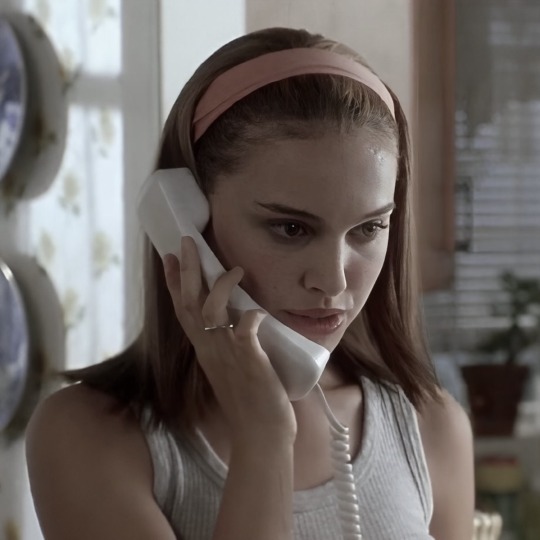

#random icons#krysten ritter#breaking bad jane margolis#kate winslet#clementine kruczynski#eternal sunshine of the spotless mind#devon aoki#debs dominique#audrey hepburn#war and peace natasha rostova#brittany murphy#girl interrupted#daisy randone#judy pace#cotton comes to harlem iris brown#anna karina#une femme est une femme angela#a woman is a woman#novalee nation#natalie portman#where the heart is#maddy perez#alexa demie#90s#actress icons#female icons#runway icons#no psd icons#site model
79 notes
·
View notes
Text
Native Tribe To Get Back Land 160 Years After Largest Mass Hanging In US History
Upper Sioux Agency state park in Minnesota, where bodies of those killed after US-Dakota war are buried, to be transferred
— Associated Press | Sunday 3 September, 2023

The Upper Sioux Agency State Park near Granite Falls, Minnesota. Photograph: Trisha Ahmed/AP
Golden prairies and winding rivers of a Minnesota state park also hold the secret burial sites of Dakota people who died as the United States failed to fulfill treaties with Native Americans more than a century ago. Now their descendants are getting the land back.
The state is taking the rare step of transferring the park with a fraught history back to a Dakota tribe, trying to make amends for events that led to a war and the largest mass hanging in US history.
“It’s a place of holocaust. Our people starved to death there,” said Kevin Jensvold, chairman of the Upper Sioux Community, a small tribe with about 550 members just outside the park.
The Upper Sioux Agency state park in south-western Minnesota spans a little more than 2 sq miles (about 5 sq km) and includes the ruins of a federal complex where officers withheld supplies from Dakota people, leading to starvation and deaths.
Decades of tension exploded into the US-Dakota war of 1862 between settler-colonists and a faction of Dakota people, according to the Minnesota Historical Society. After the US won the war, the government hanged more people than in any other execution in the nation. A memorial honors the 38 Dakota men killed in Mankato, 110 miles (177km) from the park.
Jensvold said he has spent 18 years asking the state to return the park to his tribe. He began when a tribal elder told him it was unjust Dakota people at the time needed to pay a state fee for each visit to the graves of their ancestors there.

Native American tribe in Maine buys back Island taken 160 years ago! The Passamaquoddy’s purchase of Pine Island for $355,000 is the latest in a series of successful ‘land back’ campaigns for indigenous people in the US. Pine Island. Photograph: Courtesy the writer, Alice Hutton. Friday 4 June, 2021
Lawmakers finally authorized the transfer this year when Democrats took control of the house, senate and governor’s office for the first time in nearly a decade, said State Senator Mary Kunesh, a Democrat and descendant of the Standing Rock Nation.
Tribes speaking out about injustices have helped more people understand how lands were taken and treaties were often not upheld, Kunesh said, adding that people seem more interested now in “doing the right thing and getting lands back to tribes”.
But the transfer also would mean fewer tourists and less money for the nearby town of Granite Falls, said Mayor Dave Smiglewski. He and other opponents say recreational land and historic sites should be publicly owned, not given to a few people, though lawmakers set aside funding for the state to buy land to replace losses in the transfer.
The park is dotted with hiking trails, campsites, picnic tables, fishing access, snowmobiling and horseback riding routes and tall grasses with wildflowers that dance in hot summer winds.
“People that want to make things right with history’s injustices are compelled often to support action like this without thinking about other ramifications,” Smiglewski said. “A number, if not a majority, of state parks have similar sacred meaning to Indigenous tribes. So where would it stop?”
In recent years, some tribes in the US, Canada and Australia have gotten their rights to ancestral lands restored with the growth of the Land Back movement, which seeks to return lands to Indigenous people.

‘It’s a powerful feeling’: the Indigenous American tribe helping to bring back buffalo 🦬! Matt Krupnick in Wolakota Buffalo Range, South Dakota. Sunday 20 February, 2022. The Wolakota Buffalo Range in South Dakota has swelled to 750 bison with a goal of reaching 1,200. Photograph: Matt Krupnick
A National Park has never been transferred from the US government to a tribal nation, but a handful are Co-managed with Tribes, including Grand Portage National Nonument in northern Minnesota, Canyon de Chelly National Monument in Arizona and Glacier Bay National Park in Alaska, Jenny Anzelmo-Sarles of the National Park Service said.
This will be the first time Minnesota transfers a state park to a Native American community, said Ann Pierce, director of Minnesota State Parks and trails at the natural resources department.
Minnesota’s transfer, expected to take years to finish, is tucked into several large bills covering several issues. The bills allocate more than $6m to facilitate the transfer by 2033. The money can be used to buy land with recreational opportunities and pay for appraisals, road and bridge demolition and other engineering.
Chris Swedzinski and Gary Dahms, the Republican lawmakers representing the portion of the state encompassing the park, declined through their aides to comment about their stances on the transfer.
— The Guardian USA
#Minnesota#U.S. 🇺🇸 News#World 🌎 News#Native Tribes#Land Buy Back#The Upper Sioux Agency State Park#Burial Sites of Dakota People#United States 🇺🇸 | Failed Treaties#Native Americans#Kevin Jensvold | Upper Sioux Community#US-Dakota War of 1862#Dakota Men Killed | Mankato#Minnesota Historical Society#State Senator | Mary Kunesh | Democrat | Descendant | Standing Rock Nation#Granite Falls#Mayor Dave Smiglewski#US 🇺🇸 | Canada 🍁 🇨🇦 | Australia 🇦🇺#Ancestral Lands Restored#Land Back Movements#Grand Portage National Nonument#Canyon de Chelly National Monument#Glacier Bay National Park#Ann Pierce | Minnesota State Parks#Chris Swedzinski | Gary Dahms | Republican Lawmakers
258 notes
·
View notes
Text



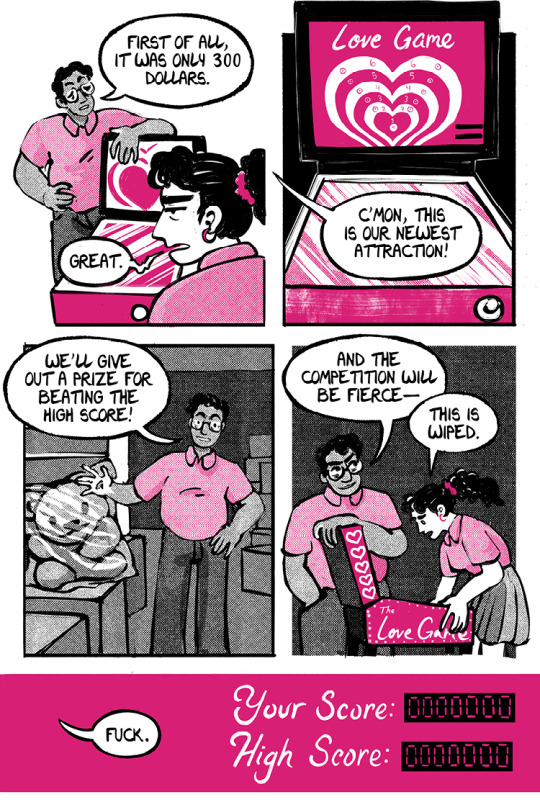



continued under cut ↓

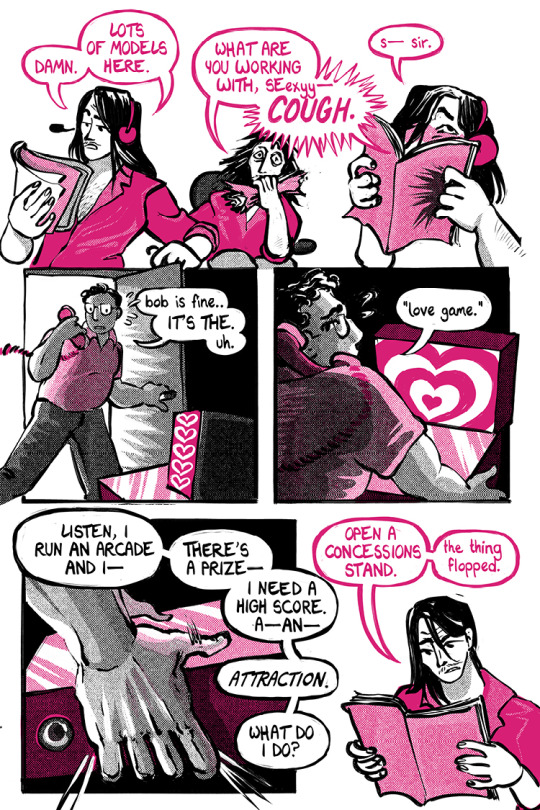


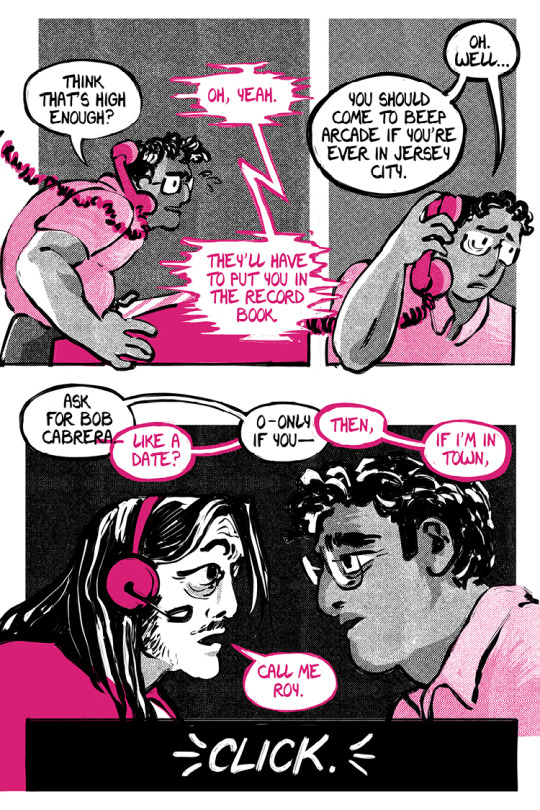

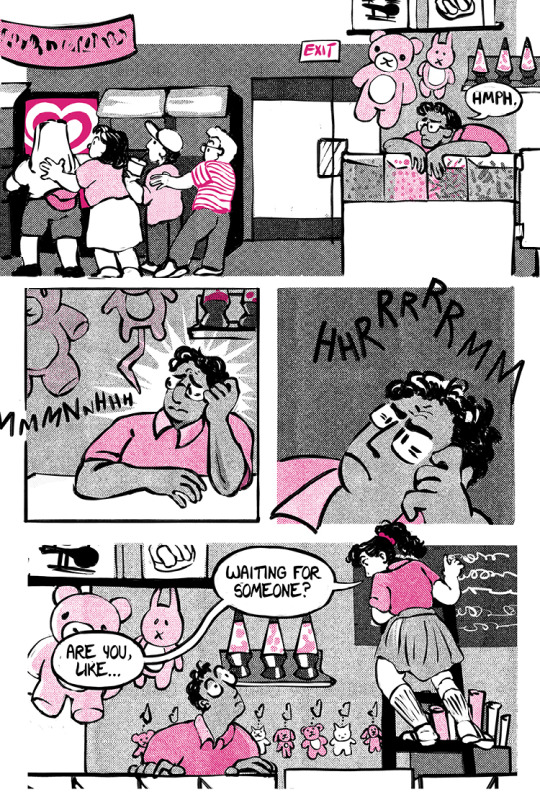

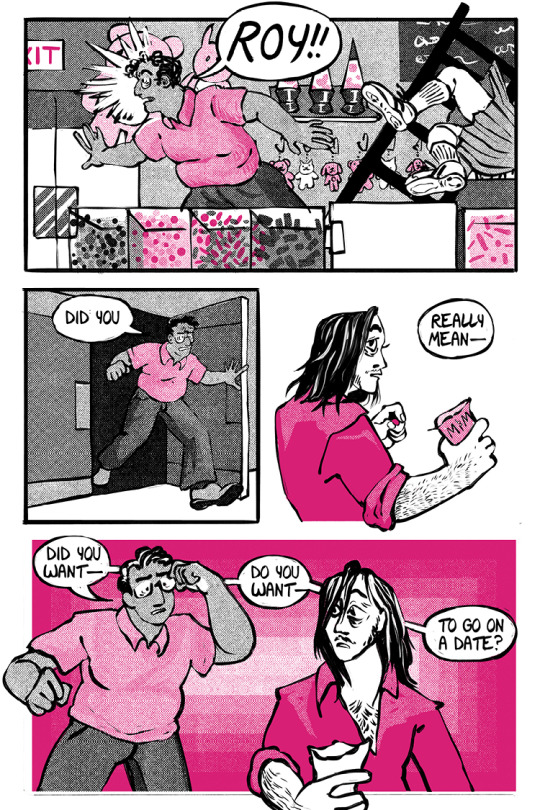

#comic#pinball#old man yaoi#valentine's day#screentone#color#i was going to do a risograph but my school's printing service Fucked Me.#ive been tinkering around and putting off finishing this for over a year#so its lucky i finished it around valentines lol#ill try to make art more promptly sorry#ill probably add the inside covers and stuff when i get a site for pay what you want pdfs#anyway happy valentimes from fujo nation
87 notes
·
View notes
Photo

photo:David Castenson
1K notes
·
View notes
Text
there is a parliamentary petition to fully fund trove. trove are one of the most valuable resources for historians, archaeologists, heritage workers and anybody interested in australian history, a veritable treasure trove (sorry) of newspapers, historic maps, images, and sounds, all available for free - but it is currently going to run out of funding in july. trove needs funding from the federal government to continue functioning, let alone continue in its mission of digitisation. if you're australian, please sign the petition and encourage the government to keep the servers running at the national library
#auspol#the lnp gave the awm 500 million to build a new and buy a bunch of planes and helicopters#but every other national cultural and heritage institution is struggling to keep its lights on 🙃#there are other petitions to fund trove on on the aph site (three in total I think)#but this is the one that's got the most signatures and is the one being kicked around at my museum at least
265 notes
·
View notes
Text
I'm back on tumblr a little bit and this was maybe the funniest notification to come back to.
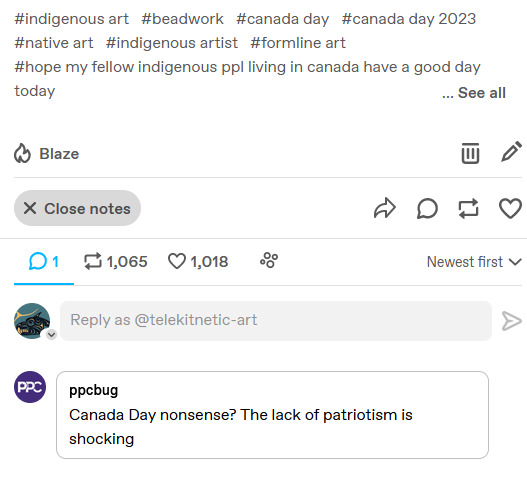
You, Wet'suwet'en individual!!! Where is your patriotism for this great country?! >:(
#besides the obvious#we are on TUMBLR right now#is this site not the pinnacle of respect awe and patriotism for the ruling colonial nations of this world? (sarcasm)#telekitnetic's silly mind box
50 notes
·
View notes
Text
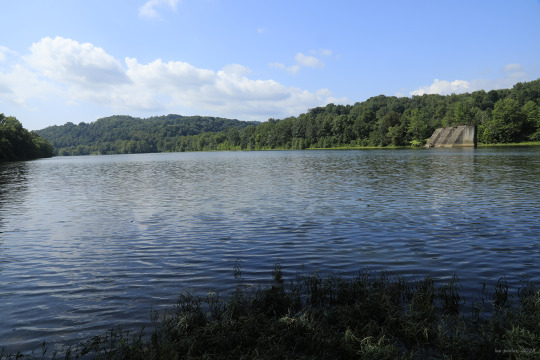
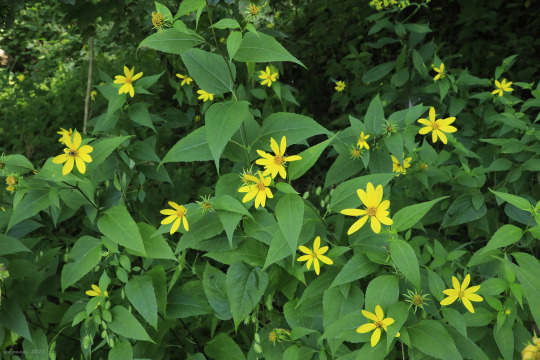

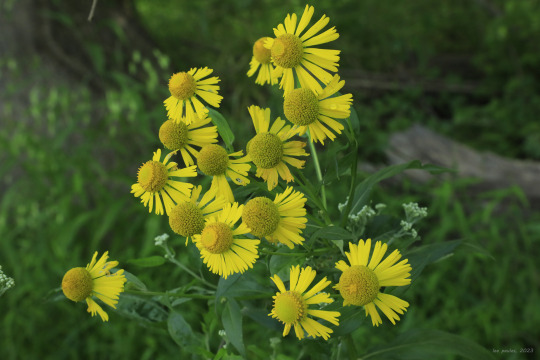
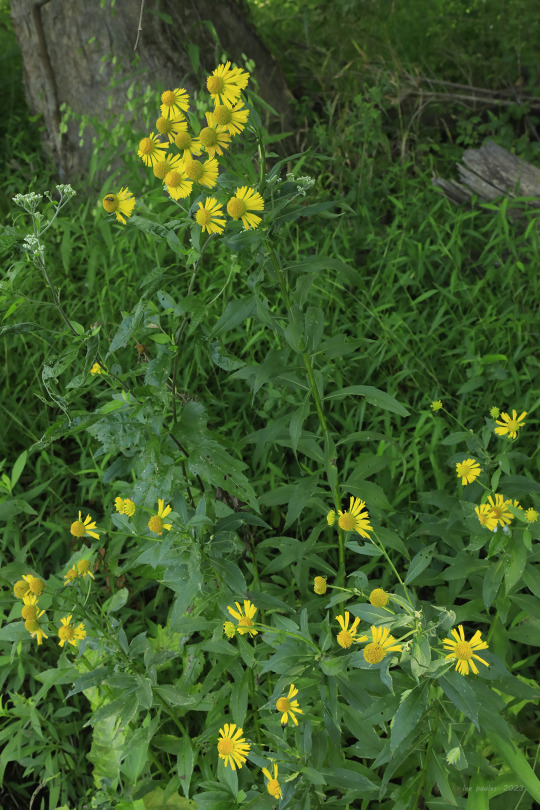

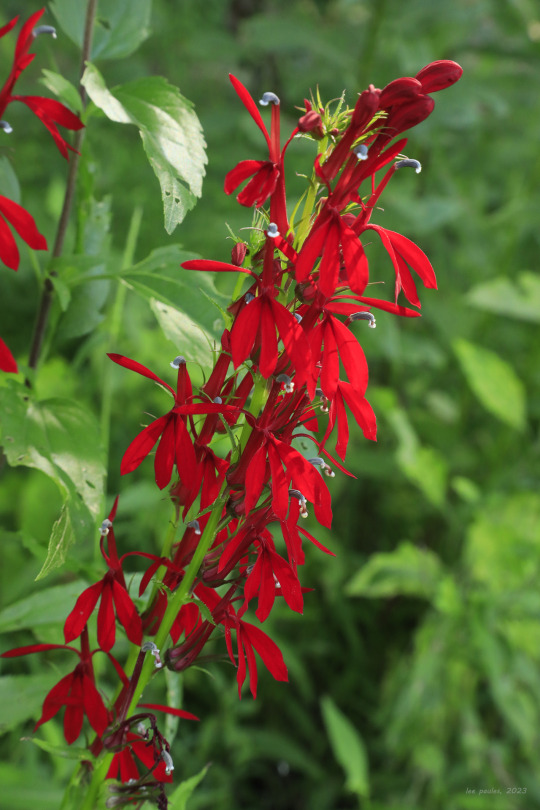

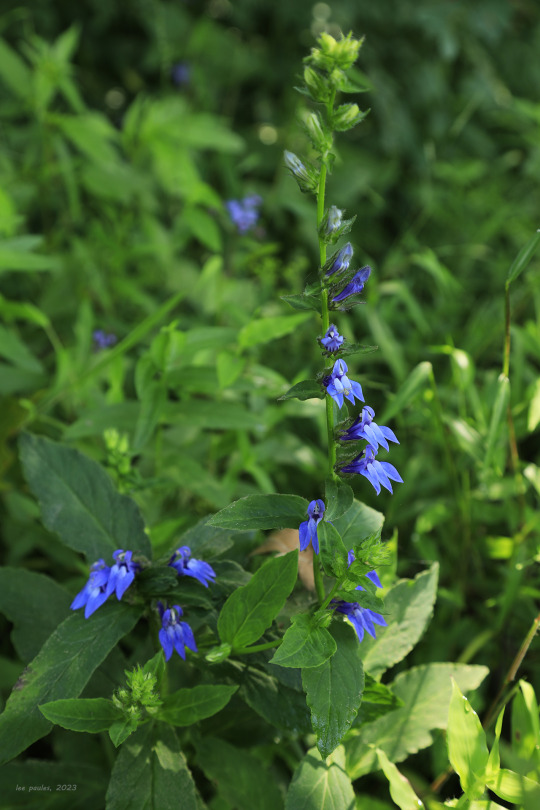

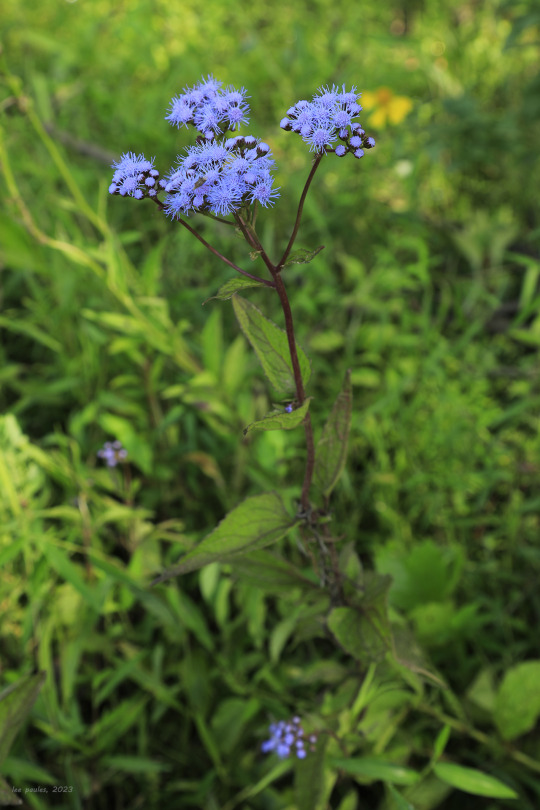
A selection of late summer wildflowers growing in the riparian zone along the Monongahela River at the Friendship Hill National Historic Site.
From top: Paleleaf woodland sunflower (Helianthus strumosus), also known as pale-leaved sunflower, distinguished by long leaf petioles and a pale leaf underside; common sneezeweed (Helenium autumnale), a water-loving aster whose dried leaves were once used to make snuff; cardinal flower (Lobelia cardinalis), whose scarlet, five-lobed flowers draw hummingbirds as pollinators; the closely-related great blue lobelia (Lobelia siphilitica), which early settlers once used as a treatment for syphilis (wishful thinking); and blue mistflower (Conoclinium coelestinum), or wild ageratum, a native aster that has become popular as a garden plant.

As a note, about a dozen sunflowers call NC-WV - SW PA home and they readily hybridize, often complicating identification. Pale-leaved sunflower has a tall, branching structure up to 7 feet in height and dense clusters of large flowers. In addition to long petioles and a pale leaf underside, this sunflower has a smooth stem with a whitish bloom to it. It's a very beautiful mid-to-late summer aster and one of my favorite wildflowers of Central Appalachia.
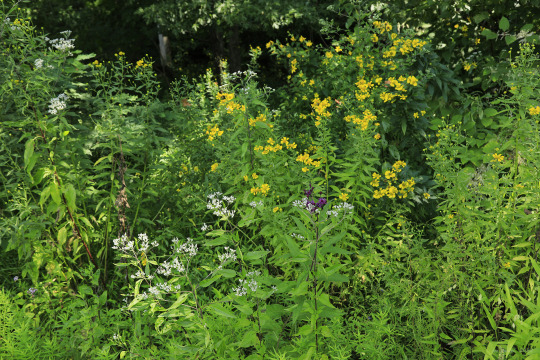
#appalachia#vandalia#wildflowers#flora#summer#pennsylvania#monongahela river#friendship hill national historic site#pale-leaved sunflower#paleleaf woodland sunflower#paleleaf sunflower#common sneezeweed#cardinal flower#great blue lobelia#blue mistflower#mistflower#wild argeratum#riparian
131 notes
·
View notes
Text

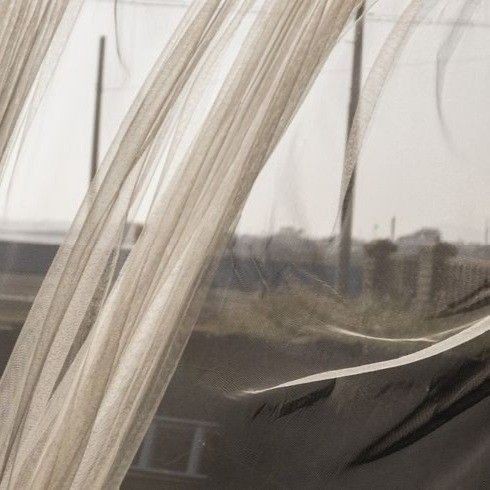

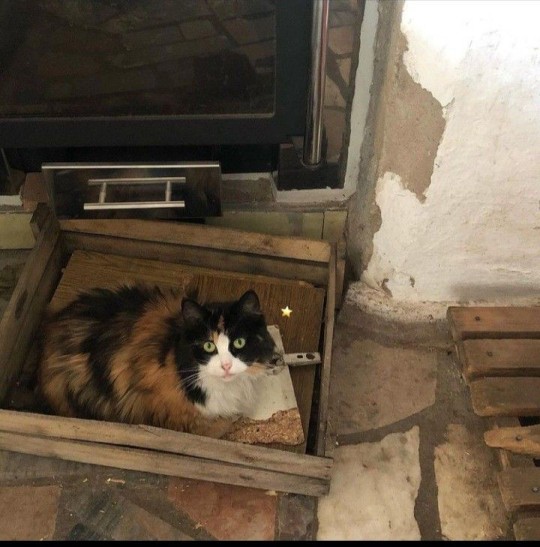





The Tortured Poets Department
#taylor swift#taylor swift icons#taylor nation#taylor nation icons#the tortured poets department#the tortured poets department icons#icons taylor swift#icon taylor swift#taylor swift icon#icon the tortured poets department#icons#icons psd#girls icons#icons with psd#model girls#icons with#site model girls#icons for twitter#taylor swift the tortured poets department#famous icons#famous
58 notes
·
View notes
Text
hm the thing north americans should understand when non english speakers complain about websites or the internet in general being very usamerican is that like. its like that everywhere online. everything is for you... its all built with you as the default in mind ... every other nationality has to carve in a little.community for themselves but theres not any website online thats like. for south americans. or for koreans. or for mexicans. etc like you get the idea. there are only communities within default US websites. that gets frustrating when youre not usamerican
#the only sites i can think of made with other nationalities as the default is like chinese websites#because their government did that on purpose#as cynical as i am about china (my personal communist views and et cetera.) i think that was based on their part#i wish there was a website for brazilians how funny would that be#anyway. 'i dont get why people complain that tumblr is an usamerican website like yeah obviously! its american!'#so is youtube and twitter and instagram and tiktok and reddit and pinterest and- you get the idea#like it gets frustrating. of course you dont see the problem#because you never felt like you had to make a place for yourself or find a way to fit into an online culture that wadnt your own#idk 🤷♂️ my personal opinion i guess#neon.txt
16 notes
·
View notes
Text
July 15: Be A Dork Day
Luigi knew himself to be a grade-A dork.
He knew it. His brother knew it. Peach knew it. Even Bowser and the Koopalings knew it before they considered him a part of their family.
It was a facet of himself he accepted and even embraced around his friends and family.
Sometimes, however, it can be a bit chaffing to not be taken seriously. Especially after he became a Hero in his own right- never mind his new position as a co-ruler.
So, when he realized what day was coming soon, he had an idea that might just work.
First, he asked Bowser if he wanted a break from court hearings.
The Koopa looked wistful at the thought, but he is quick to disparage the suggestion. After all, hearings were a necessary evil, as the drawbacks tend to entail frustrating discussions that may actually lead to some sort of improvement to the Kingdom.
It was also impossible since it required Koopa Royalty to be readily available to the Kingdom’s citizens.
Luigi was quick to point out that he was now part of that Royalty. And yes, he knew exactly what that entailed.
The vehemence behind it was enough for the Koopa to close his mouth with a click.
More gently, Luigi also pointed out that he noticed the stress that has been getting to him. Heck, Bowser’s time after the recent hearings has been cut with an hour or so of enforced relaxation.
Hours that are undone by paperwork right after.
Bowser glanced away, sheepish, but Luigi’s hand on his muzzle guided his gaze back to him.
He urges him to take the opportunity- maybe take one of the Koopalings for some company.
After some contemplation, Bowser concedes- if Luigi promises to ask for help if the citizens give him trouble.
He promises and says that he can handle it.
(If he leaves out how he’ll ‘handle it’, then it’s no one’s concern but his.)
…
The first day of hearings had been greeted with a dramatically changed Throne Room.
The blazers were dimmed, the lava was concealed (except for the falls behind the podiums), and his throne was situated lower than usual- placed where the lava’s light would only light him from the back.
Perfect, for what Luigi planned to do.
By the time the first citizen waltzed into the Throne Room, Luigi had long since settled himself on his throne, casually splayed and wearing a crown instead of his signature hat.
The Koopa that came in had slowed down as he approached, almost looking apprehensive for a second before seemingly registering that he was looking at Luigi, not the Koopa King.
(Luigi would never voice it, but the flippancy and moment of distaste he saw in the citizen's eyes made him feel uncharacteristically spiteful.)
"Where's the King?"
"Having a vacation." Luigi couldn't exactly see his own face, but friends in his high school's theatre club have called it his 'devil-may-die glare'. He never actually looked in a mirror to see it, but the Koopa's reaction as he lets the light pass over his face is priceless.
"Th-then I can come back-"
"There is no need." He eases forward, crossing his legs and primly twining his hands together to rest his chin on his knuckles. "I am right here, am I not?"
"Yes, but-"
"Do you, or do you not have important business here?" And maybe Luigi is laying it on thick, because he now has a suspicion that this is the same Koopa that bothered Bowser over his position as royalty- still questioning the decision after they married, after they had worked to improve the Kingdom's near famine, even after Luigi worked his butt off to contribute in every way he could-
"Of course!" And this isn't helped when the Koopa seems to rally under some sort of inflated snobbery. "I just feel that the matter should be handled by someone-"
"Someone what?" And Luigi didn't raise his voice, but the delivery is what he focused on when he cut off the sentence.
"I, ah-" The Koopa was certainly unsettled, maybe even scared by the way his head sunk into his shell.
Silence.
"If there is not a reason that makes myself unpreferable," He lets his eyes narrow, and the Koopa's flinch was all he needed to know that he didn't slip from nearly laughing at the situation. "Then you may be granted audience."
The Koopa's hearing was short and benign, after that, but the citizens who came after became more and more respectful as time went on.
The rumor mill is better than he thought.
Though he hopes that this doesn't get back to Bowser.
…
(When Bowser came back from his break, he was never told how exactly the court hearings went, but the collective change of disposition towards his husband was visible.)
(He’s… not sure he wants to know, but he feels like he should be proud.)
#bowuigi#NATIONAL HOLIDAY#and some experimenting with characterization#also#dear gosh#this site thankfully doesn't kick me out with disconnection
68 notes
·
View notes
Text
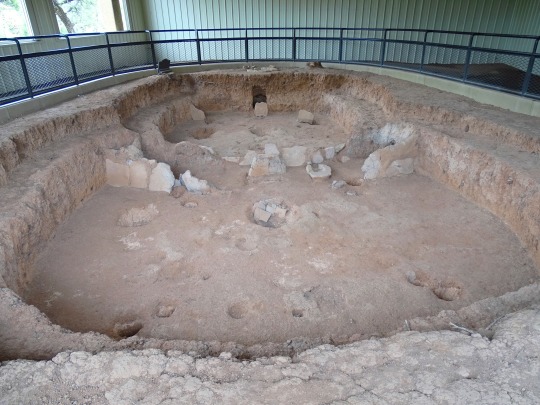
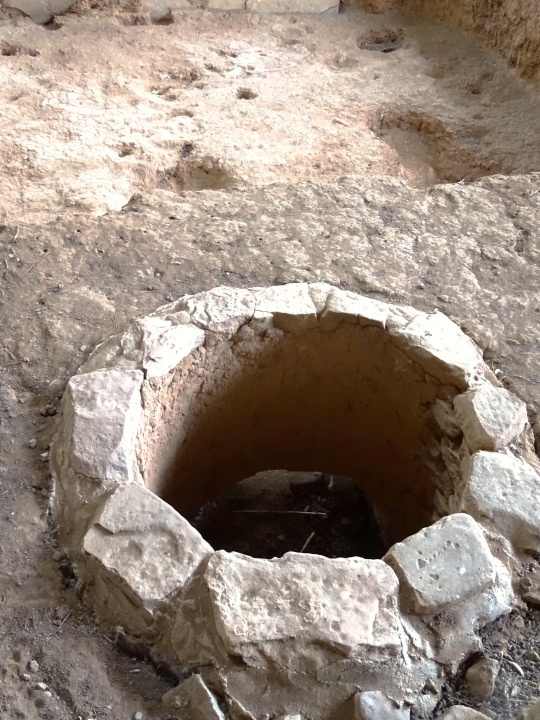


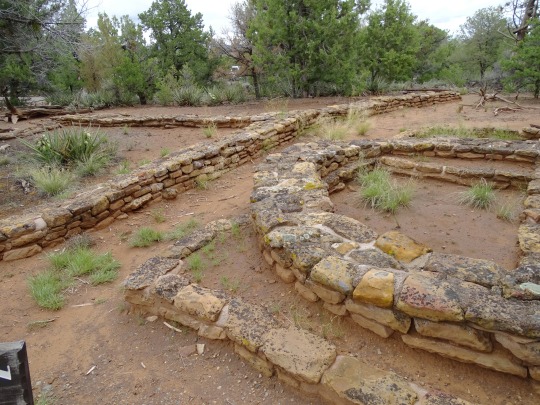

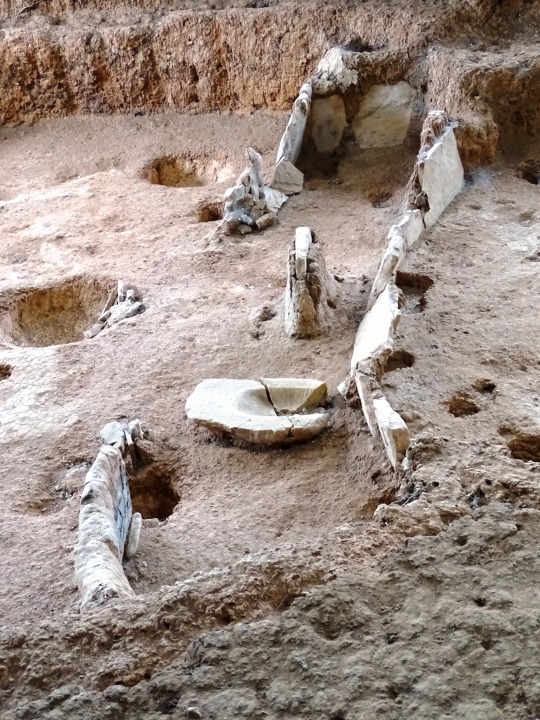


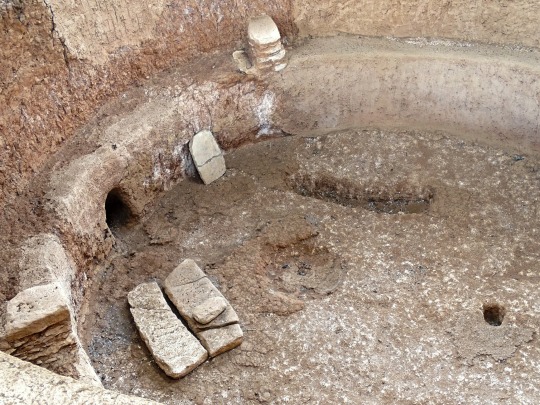

Mesa Verde National Park (No. 10)
With the introduction of corn to the Mesa Verde region c. 1000 BC and the trend away from nomadism toward permanent pithouse settlements, the Archaic Pueblonians transitioned into what archaeologists call the Basketmaker culture. Basketmaker II people are characterized by their combination of foraging and farming skills, use of the atlatl, and creation of finely woven baskets in the absence of earthen pottery. By 300, corn had become the preeminent staple of the Basketmaker II people's diet, which relied less and less on wild food sources and more on domesticated crops.
In addition to the fine basketry for which they were named, Basketmaker II people fashioned a variety of household items from plant and animal materials, including sandals, robes, pouches, mats, and blankets. They also made clay pipes and gaming pieces. Basketmaker men were relatively short and muscular, averaging less than 5.5 feet (1.7 m) tall. Their skeletal remains reveal signs of hard labor and extensive travel, including degenerative joint disease, healed fractures, and moderate anemia associated with iron deficiency. They buried their dead near or amongst their settlements, and often included luxury items as gifts, which might indicate differences in relative social status. Basketmaker II people are also known for their distinctive rock art, which can be found throughout Mesa Verde. They depicted animals and people, in both abstract and realistic forms, in single works and more elaborate panels. A common subject was the hunchbacked flute player that the Hopi call Kokopelli.
Source: Wikipedia
#Badger House Community#Wetherill Mesa#antechamber#pithouse#semi-subterranean home#Mesa Verde National Park#UNESCO World Heritage Site#Paleo-Americans#Mountain West Region#ancestral puebloan archaeological site#Montezuma County#Native American history#archaeology#ruins#tourist attraction#landmark#travel#vacation#summer 2022#Colorado#USA#original photography#flora#landscape#countryside
107 notes
·
View notes